Rising Energy Costs
The Water Source Heat Pump Market is being propelled by the rising costs of conventional energy sources. As energy prices continue to escalate, consumers are increasingly seeking alternative solutions that offer long-term savings. Water source heat pumps, which utilize natural water bodies for heating and cooling, present a cost-effective option in the face of rising energy expenses. The potential for reduced energy bills appeals to both residential and commercial sectors, leading to a growing interest in these systems. This trend is likely to persist as energy costs fluctuate, further solidifying the position of water source heat pumps in the market.
Government Incentives and Subsidies
The Water Source Heat Pump Market is significantly influenced by government incentives and subsidies aimed at promoting renewable energy technologies. Various governments are implementing financial support mechanisms to encourage the adoption of water source heat pumps, which can lead to substantial cost savings for consumers. For instance, tax credits, rebates, and grants are becoming increasingly common, making these systems more accessible to a broader audience. This financial backing not only stimulates market growth but also enhances the overall attractiveness of water source heat pumps as a viable alternative to conventional heating and cooling methods. As these initiatives continue to evolve, they are likely to bolster the market further.
Technological Innovations in Heat Pump Systems
The Water Source Heat Pump Market is witnessing rapid technological advancements that enhance the efficiency and performance of heat pump systems. Innovations such as variable speed compressors, advanced control systems, and improved heat exchanger designs are contributing to the overall effectiveness of these systems. These developments not only increase energy efficiency but also reduce operational costs for end-users. As technology continues to evolve, the market is expected to expand, with manufacturers focusing on creating more efficient and user-friendly products. The integration of smart technologies into water source heat pumps may also play a crucial role in attracting tech-savvy consumers, thereby driving market growth.
Growing Urbanization and Infrastructure Development
The Water Source Heat Pump Market is benefiting from the ongoing trends of urbanization and infrastructure development. As urban areas expand, the demand for efficient heating and cooling solutions becomes more pronounced. Water source heat pumps are particularly well-suited for densely populated regions, where space and energy efficiency are critical. The construction of new residential and commercial buildings often incorporates these systems as part of sustainable design practices. This trend is expected to continue, with urban planners and developers increasingly recognizing the advantages of water source heat pumps in meeting the heating and cooling needs of growing populations.
Increasing Awareness of Environmental Sustainability
The Water Source Heat Pump Market is experiencing a notable shift as consumers become increasingly aware of environmental sustainability. This heightened awareness drives demand for energy-efficient heating and cooling solutions, which are perceived as more environmentally friendly compared to traditional systems. As individuals and businesses seek to reduce their carbon footprints, water source heat pumps, which utilize renewable energy from water bodies, are gaining traction. The market is projected to grow as more stakeholders recognize the benefits of these systems in mitigating climate change. Furthermore, the integration of water source heat pumps into green building initiatives aligns with global sustainability goals, potentially leading to a more significant market presence in the coming years.



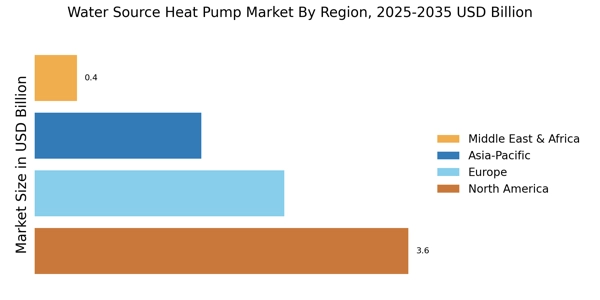
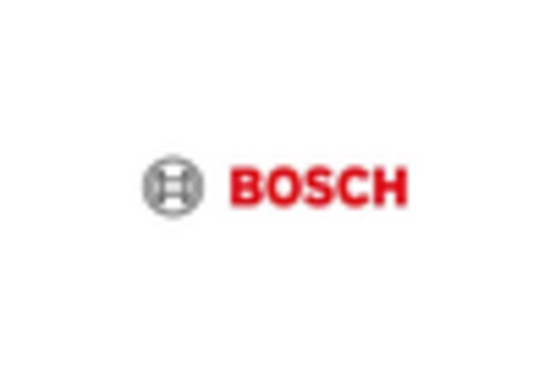
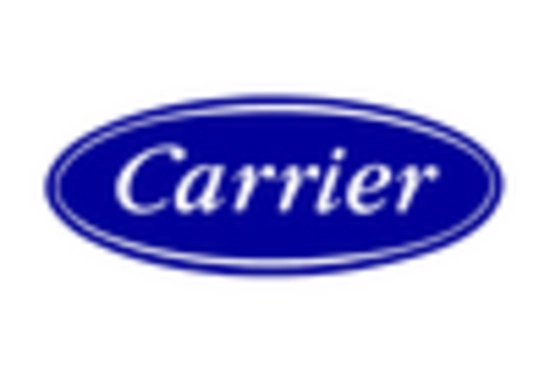
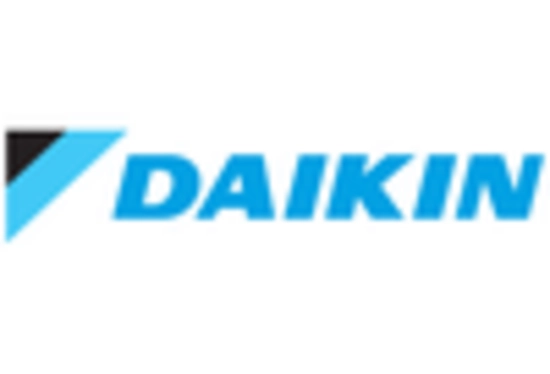
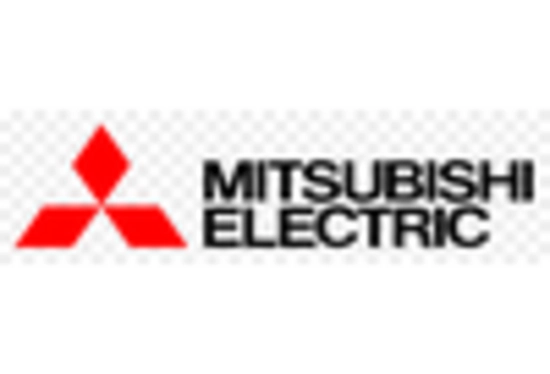










Leave a Comment